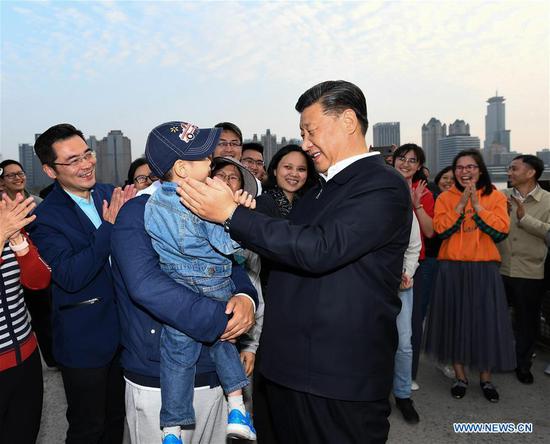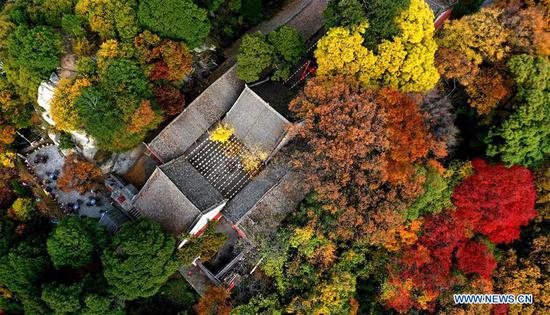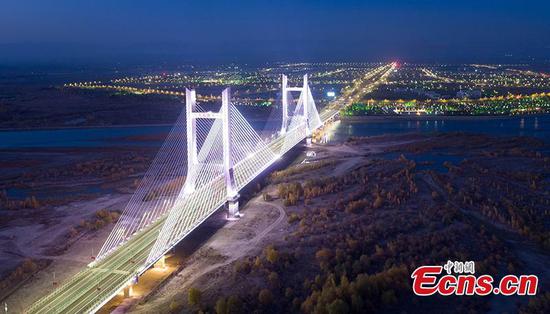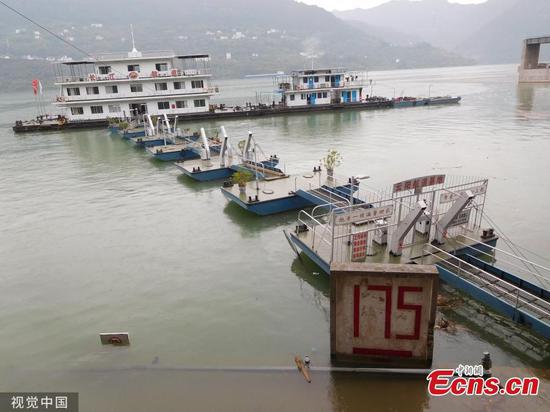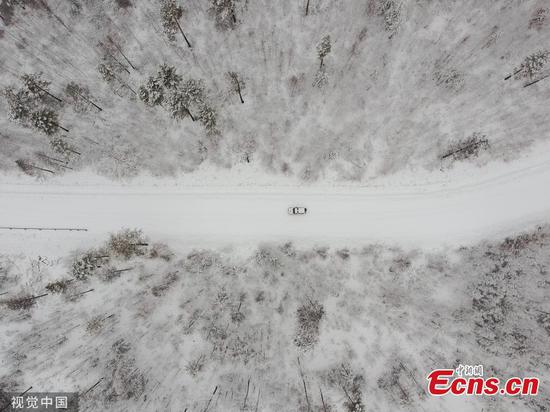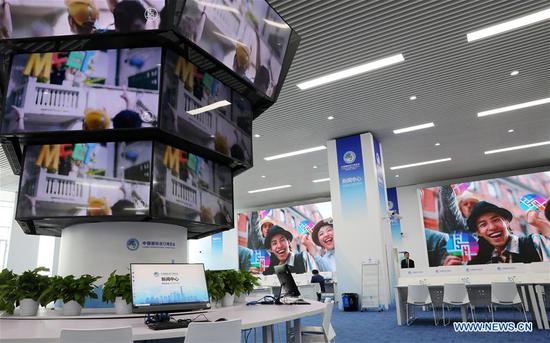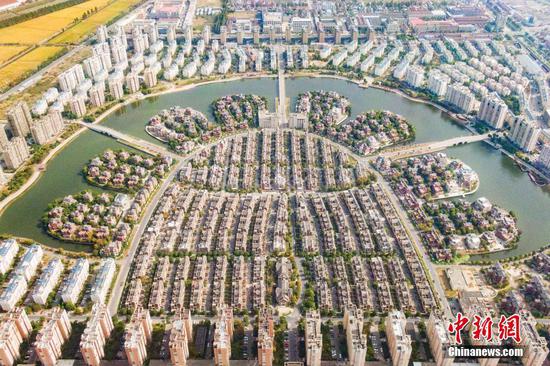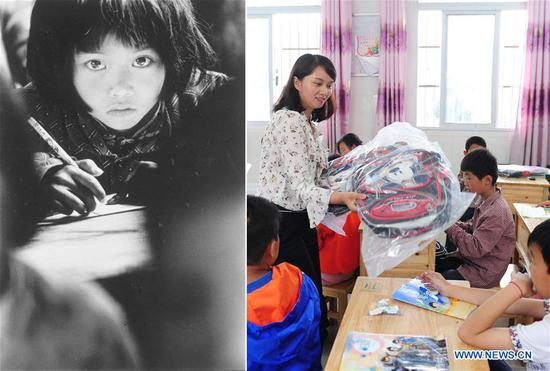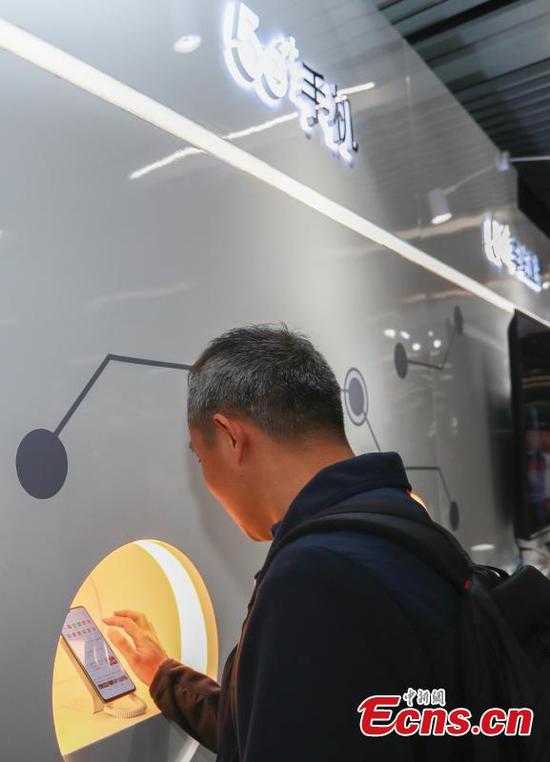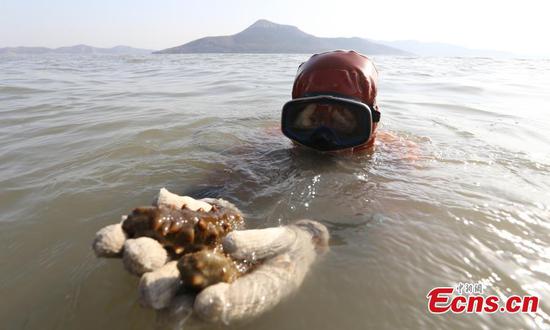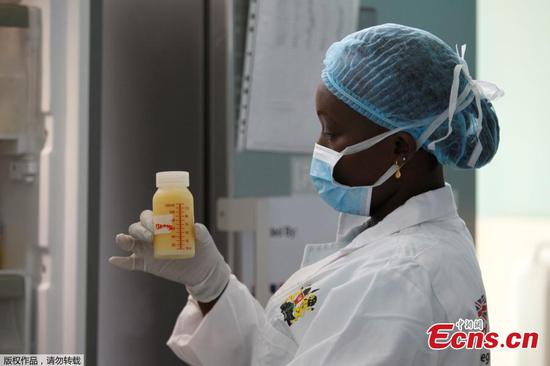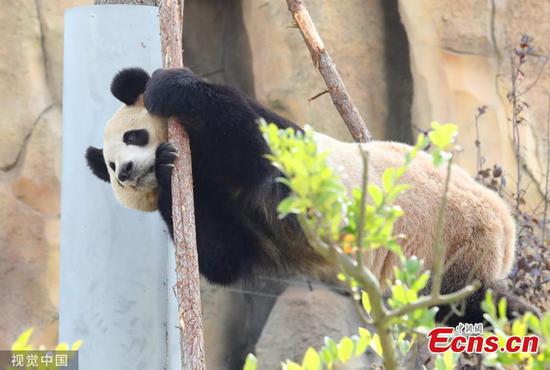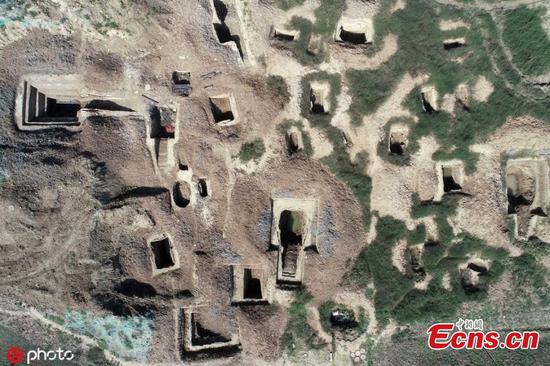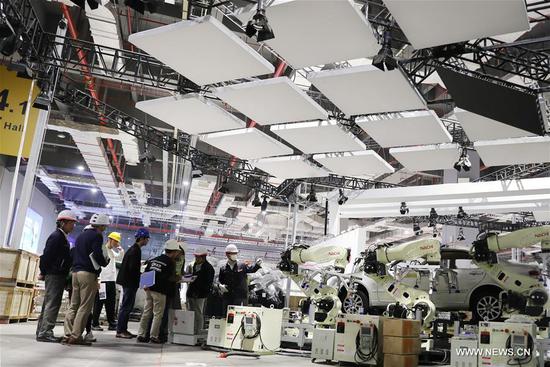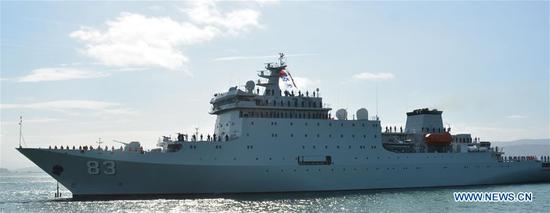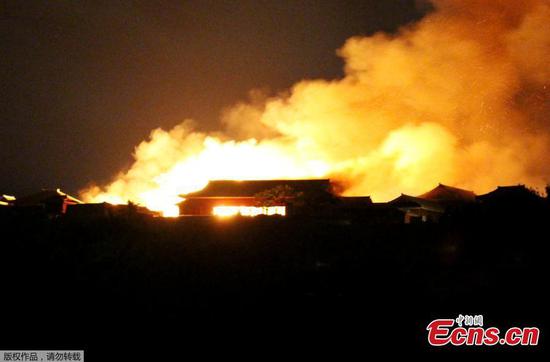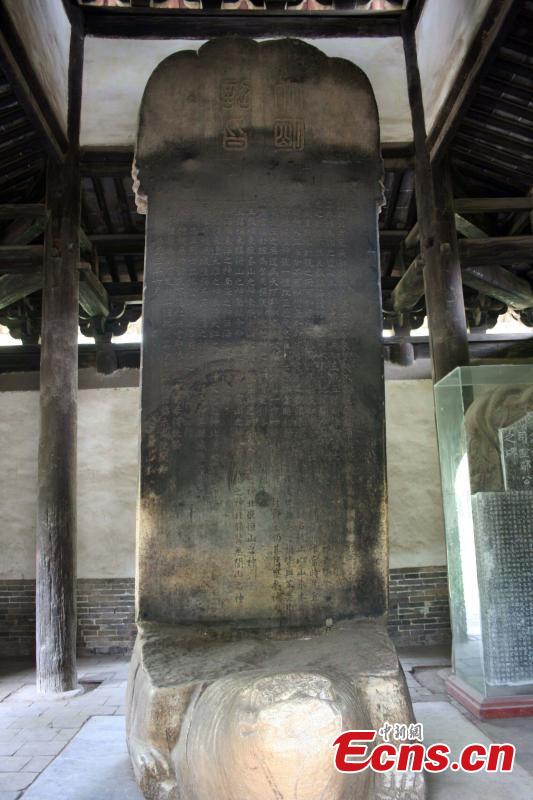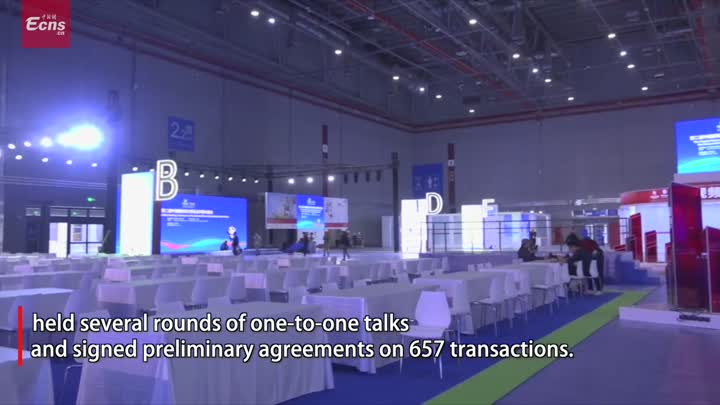
The Shanghai Baosteel Group and part of subway Line 1 in Beijing are among the projects aided by Japan. PHOTO PROVIDED TO CHINA DAILY
In Japan, there has been a mixed response to China's rapid development. In the 1990s, Japan saw a bubble economy with stagnant growth, while China was expanding at a faster pace, "so there was a feeling among Japanese people that the aid should be focused on areas where it was more needed", Nakazato said.
In 2001, the Japanese government revised its aid plan for China, focusing more on the environment, prevention and treatment of infectious diseases, poverty and support for nongovernmental activities.
Four years later, Japan said it would stop providing loans to China but would continue to supply the country with technical cooperation focused on energy conservation and environmental protection. In 2008, the loan part of the assistance project was fully terminated, not long before China overtook Japan to become the world's second-largest economy in 2010.
Abe said at a reception marking the 40th anniversary of the signing of the China-Japan Treaty of Peace and Friendship, "China has developed into the world's second-largest economy, and Japan's ODA to China has also fulfilled its historical mission." He also said that under the guidance of the reform and opening-up policy China had achieved "tremendous" development.
In October last year, Chinese Foreign Ministry spokeswoman Hua Chunying said at a news briefing: "Japan's cooperation with China has played a positive role in China's reform and opening-up and economic development, and Japan has also benefited from this. This is an important part of the mutually beneficial and win-win cooperation between China and Japan."
Zhou Yongsheng, deputy director of the Center of Japanese Research at China Foreign Affairs University, said ODA played an important role in improving Japan's image in China.
The image of Japan among Chinese people improved rapidly in the 1980s after bitter memories of World War II, and many Japanese brands entered the country and gained a reputation among Chinese consumers, Zhou said. At the same time, many Japanese cultural products also entered China, further enhancing a favorable impression of Japan among Chinese people.
China, on the other hand, has performed well in repaying Japanese yen loans by "honoring contracts and honoring credit", Zhou added.
Since 2003, China has repaid about 100 billion yen in principal and interest every year. By the end of 2016, it had repaid 2.2 trillion yen, more than 60 percent of the total.
In June last year, an exhibition hall sponsored by Panasonic officially opened in Beijing, with a display showcasing the business philosophy of the company's founder Konosuke Matsushita, which also reviewed the history of Sino-Japanese exchanges. The hall was set up in the Kinescope factory that was jointly built by the two countries in 1987.
When the plant was built, Matsushita reportedly said, "If one day China has developed and invented new technologies that Japan does not have, please sell the technology to Panasonic."
Now, that has come true: Chinese companies are making finished products and more and more Japanese companies are outsourcing the manufacture of parts.
The end of ODA means the two countries, which are now the second-and third-largest economies in the world, are no longer in a donor-recipient relationship, but working toward a new partnership of mutual benefit, which will contribute to global prosperity.









